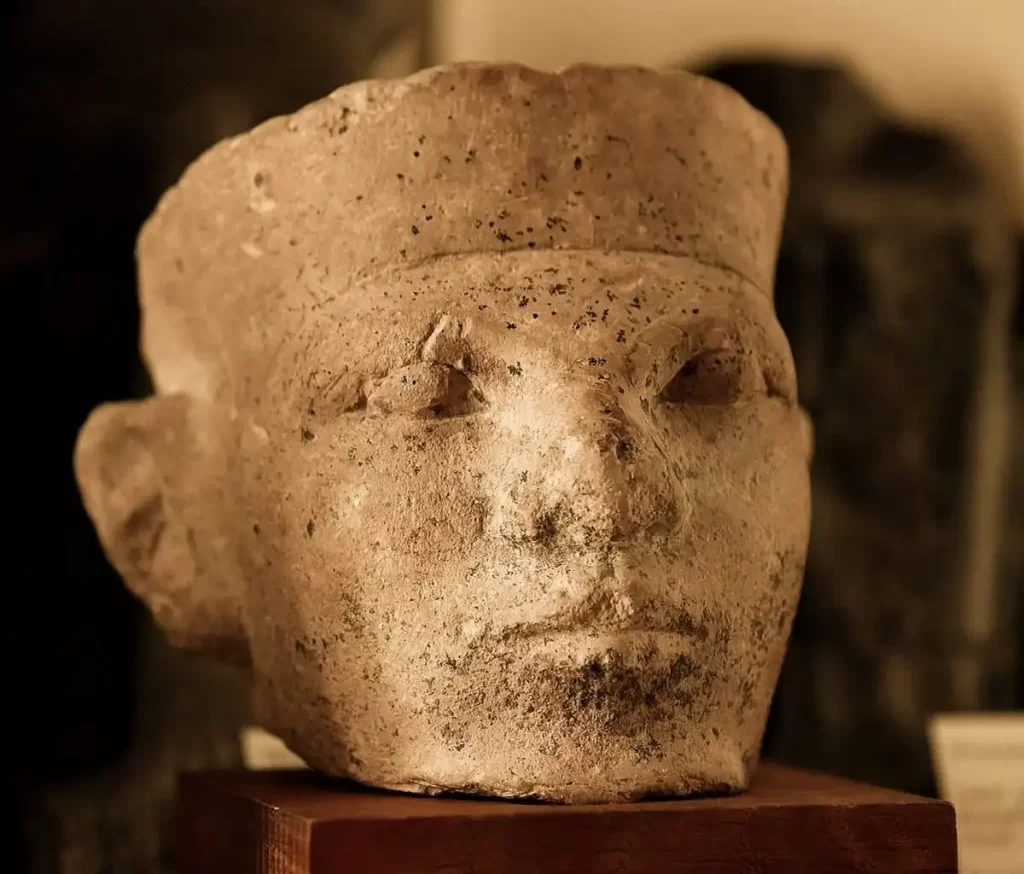
King Menes (Narmer)
[ez-toc]
Overview of King Menes (Narmer)
The first dynasty in Egyptian history was started by “King Menes,” who was also the final predynastic ruler (6000-3150 BCE). He managed to unite upper and lower Egypt in 3150 B.C., as seen on the fabled Narmer Palette. His rule lasted for 62 years, and his name signifies “The One Who Endures.” In order to increase his power, he wed princess Neithhotep of Naqada. Many people think that Horus, the deity of triumph and protection, left him on the throne.
Egypt during the Era of King Menes
The first centralized monarchy was established when “King Menes,” the king of lower Egypt, defeated the king of upper Egypt and crowned himself king of the two lands, upper and lower Egypt. Prior to that time, Egypt was divided into two kingdoms: Upper Egypt in the south and Lower Egypt in the north. Each kingdom had a crowned king and there were frequent wars between them. “King Narmer” relocated Egypt’s capital to Abydos after uniting the two nations. He dispatches numerous military missions throughout Egypt and its surrounding nations, including as Cannan and Nubia. He created new cities, including Memphis, and a new wave of urbanization that spread throughout ancient Egypt. He also paid close attention to the development of writing. He is credited with creating the idea of luxury, as the Egyptians developed a number of opulent pastimes to occupy their time after unifying the country, including sports, beer brewing, carving, sculpting, gardening, and several others.
What are Narmer Palettes?
“King Menes” commemorated the victory of Upper Egypt over Lower Egypt in his famous Narmer Palette, which was found by police in El Kom El Ahmar, about 22 kilometers east of Cairo. It is made of shiest. Start your tour to Egypt by visiting the museum and viewing the palette since it was transported from the Grand Egyptian Museum to the Egyptian Museum in Cairo.
What is King Narmer’s Palette Consist of?
The name of King Narmer is written in a little square on both sides of the Narmer Palette, which has two sides known as the recto and verso. The name is shielded from both sides by the well-known face of the Cow Hathor, the goddess of love, harmony, and motherhood. Menes is depicted on “The Verso” side of the palette with Narmer wearing the red wicker war crown of Upper Egypt, signifying that he has taken control of the entire country. Two men are depicted intertwining the serpentine necks of unknown creatures known as serpopards in the largest engravings on the palette. The image of the king at the bottom of the color palette is a bull tearing through the city walls with his horns and trampling his foes under his feet. A priest in leopard skin who observes four sacred criteria is also present. On the opposite side of the palette, in “The Recto,” King Narmer is depicted in full, with his army ready to attack an enemy captured by the hair, two men beneath his top feet either dead or attempting to flee his wrath, a bald servant holding his sandals, and the sky god Horus watching and blessing King Narmer’s victory by bringing many enemy prisoners. The topmost top of the palette is painted with animal heads on both sides, including cows and bulls that are symbolic of the king’s power and vigor as well as the goddess Hathor, who is represented as a cow or a lady with cow ears and is the goddess of celebration and joy.
Works of King Menes
King Narmer established religious customs and institutionalized beliefs once Egypt was united, and because of how affluent his reign was, he ruled for around 26 years. “King Narmer” gave hobbies like sports, carving, and sculpture a lot of attention. It’s crucial to note how much Egypt prospered under his rule.
Where is the Tomb of King Menes Founded?
His tomb is located in Upper Egypt’s Um Qa’ab, close to Abydos. It is made of mud bricks and is composed of two linked champers. Two necropolis seals from the tomb attest to his legitimacy as the first dynasty’s emperor.



